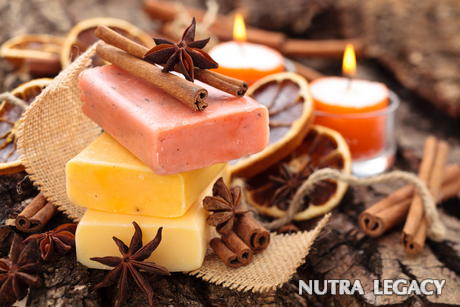The Good, the Bad and the Ugly about Soap
We all need and use soap, and if you have been at your local grocery store to purchase them, you might be overwhelmed with the array, forms, designs and types of soap. The marketing companies do an incredible job to entice you to each of their products. Some may advertise double milled, French milled, natural scent, soft to the skin and many other descriptions and lovely packaging. The problem is, if you look at the contents of the soap you just bought, you might be surprised to find out that it isn’t really soap at all.

Soap is actually created through a chemical reaction that is called saponification, where a base and an acid form a salt. True soap is simply botanically or animal fat and an alkali. The alkali is called ‘lye’ but is usually sodium hydroxide or potassium. When they are combined in a solution of water, the molecules of the lye collide with the molecules of the fat and they split into two new molecules of glycerin and soap. It’s the glycerin that brings the sweet, sticky substance that conveys moisture to the skin by drawing it from the air.
However, when you examine the supposed soaps on the shelves, you would never know that they are all made from the same three soap manufacturing companies. Ninety percent of these soaps are known as ‘glycerine soaps’ and are really not made from either soap or glycerine. They are additives, byproducts and detergents and there is nothing natural about any of them; no matter what they advertise. The soaps we use today were actually created due to shortages during wartimes and never changed back. They have not been created to soften our skin, but the detergents actually dry the skin out. Ergo, the addition of the supposed skin softening products are designed to lure you into buying them, thinking they are good for you. It’s a marketing thing, and the manufacturers are making big profits.
To find the soap that is truly soap, you need to make sure that it contains terms such as: cold-pressed, certified organic, made with pure essential oils (not fragrance oils), and botanically-derived colors. If you read the label and can’t pronounce the ingredients, it probably isn’t soap.
Source: http://allnaturalbeauty.us/ani20.htm
The information supplied in this article is not to be considered as medical advice and is for educational purposes only.
|
| ||||||||||||||





 5 Aug 2013
5 Aug 2013